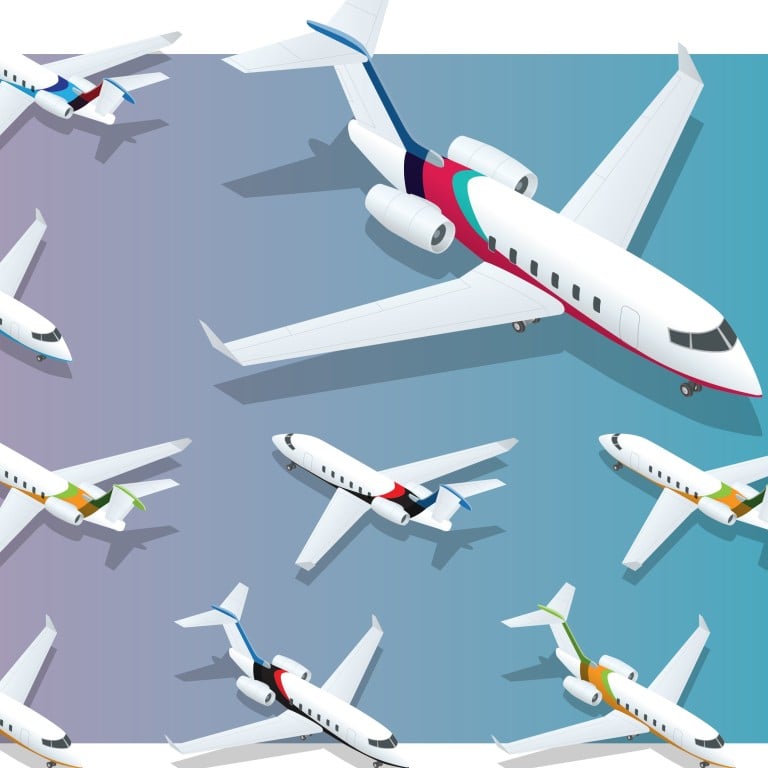Private jet ownership is falling, but why are billionaires signing up for jet card memberships and hiring instead of buying?

On top of being more cost-effective, jet card schemes offer wealthy clients greater flexibility and convenience, and help in navigating red tape and complicated regulations
Private jet travel is booming, but private jet ownership is actually falling. “Your golfing partner has a private jet and you don’t want to lose face. So in Asia, at the beginning, we saw people going out and buying the biggest, shiniest new aircraft,” says James Royds-Jones, Air Charter Service’s director of executive jets for Asia-Pacific.
“Then they realised the cost involved is astronomical; a lot more than they anticipated.”
Even for billionaires, private jet ownership in Asia takes big money. Bombardier’s Global 5000 is a popular model. The 14-seater sells for around US$50 million new. That value falls by 20 per cent the minute it becomes second-hand. Depreciation thereafter should be 7 to 12 per cent annually, and may be much more.
“In the 2008 financial crisis many owners were forced to sell at once,” says Royds-Jones. “Their big asset suddenly became worthless.” To add to balance sheet risk, there is the cost of upkeep. Crew salaries, maintenance and parking fees should amount to around US$4 million per year.

The norm for billionaires in Asia today, more so than globally, is to hire rather than own private planes. They do this by subscribing to the “jet card” membership scheme of a plane provider. “If it flies or floats, renting should be the way to go,” says Royds-Jones.
Air Charter Service has been in business as a middleman between owners of private aircraft and those looking to hire them since 1990. It set up its first Asian office in Hong Kong in 2008. At the time, private air travel, known in the business as “general aviation”, was in its infancy on the continent.
Fifteen years ago, only one person in China owned private planes – Zhang Yue, the chairman of Broad Air Conditioning, in Changsha. Even today, China only has around 230 airports, compared to 175 in the UK, which is 2.5 per cent of its size.
Industry consultant Doug Gollan says sales of new private jets worldwide peaked with 1,300 deliveries in 2008, before slumping to around 700 annually now. His website – privatejetcardcomparisons.com – offers a way to compare the different jet card schemes on offer.